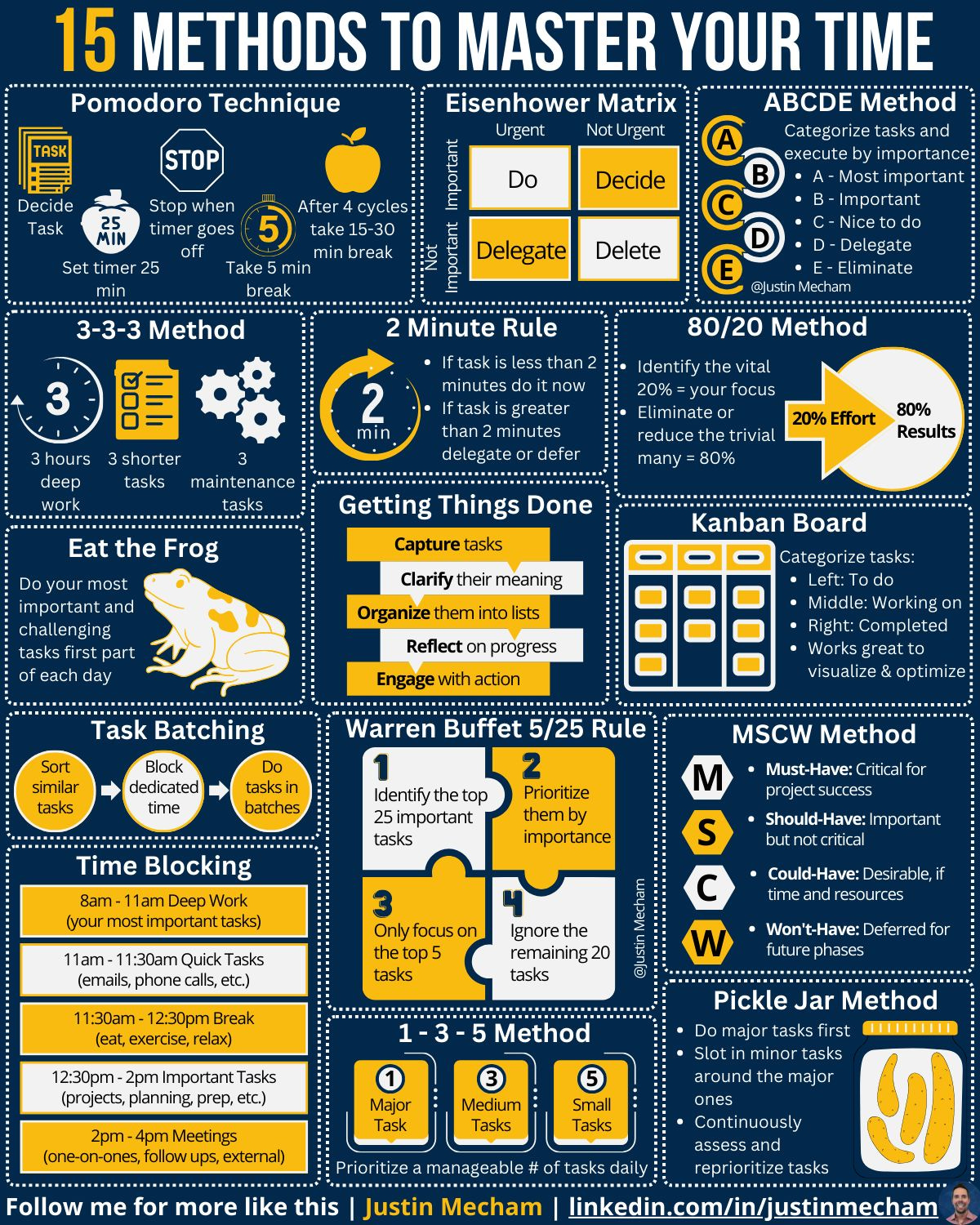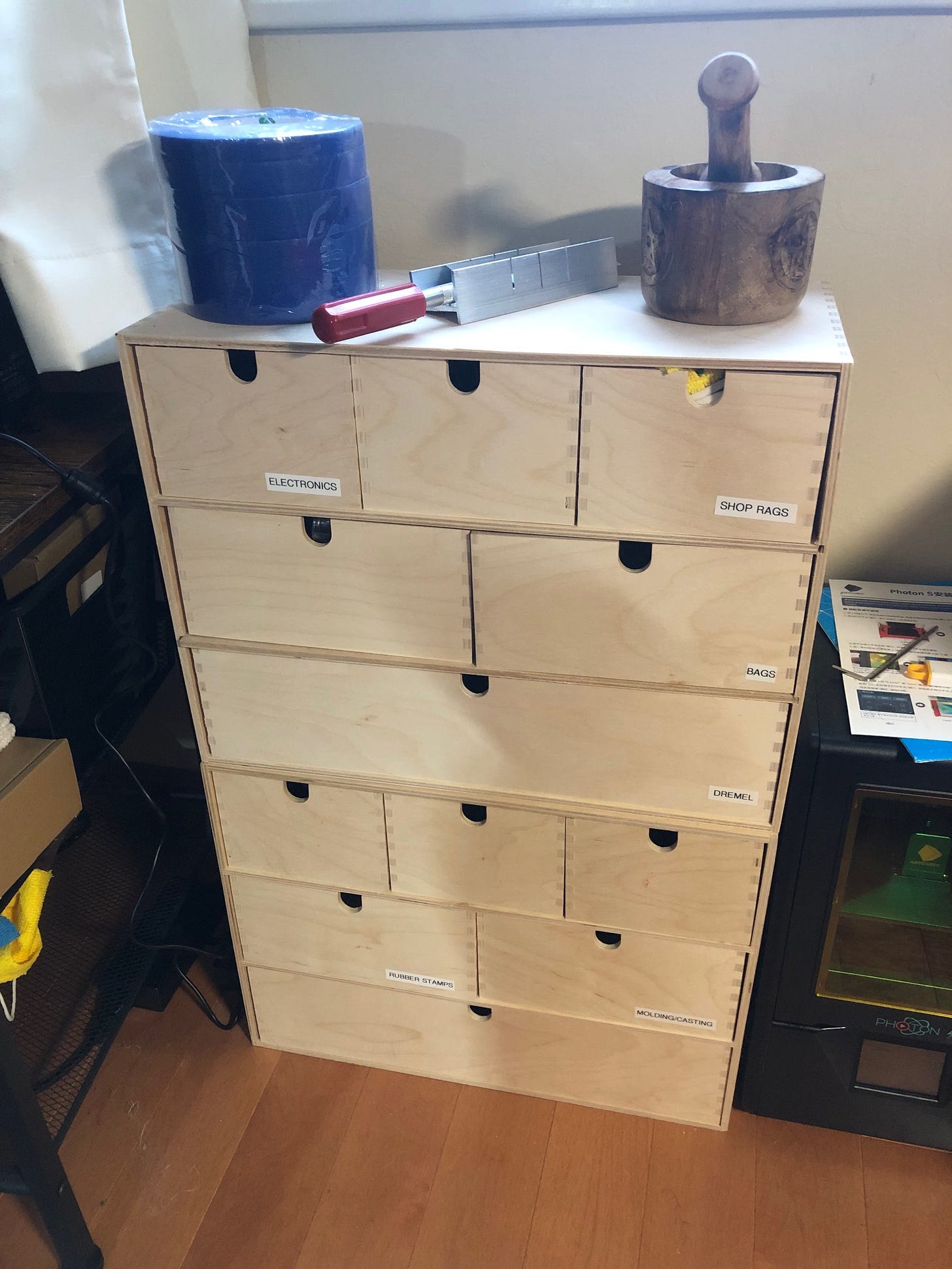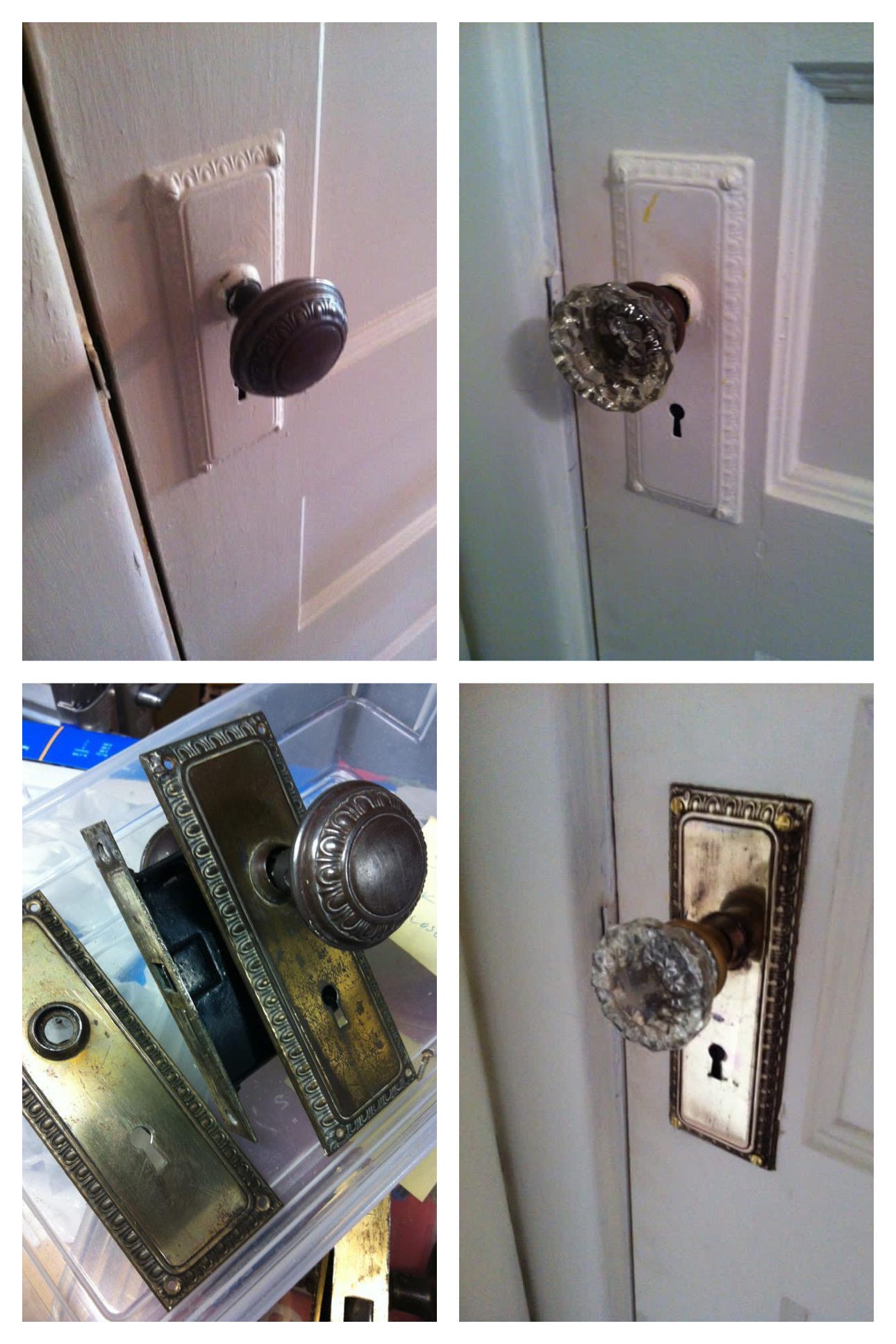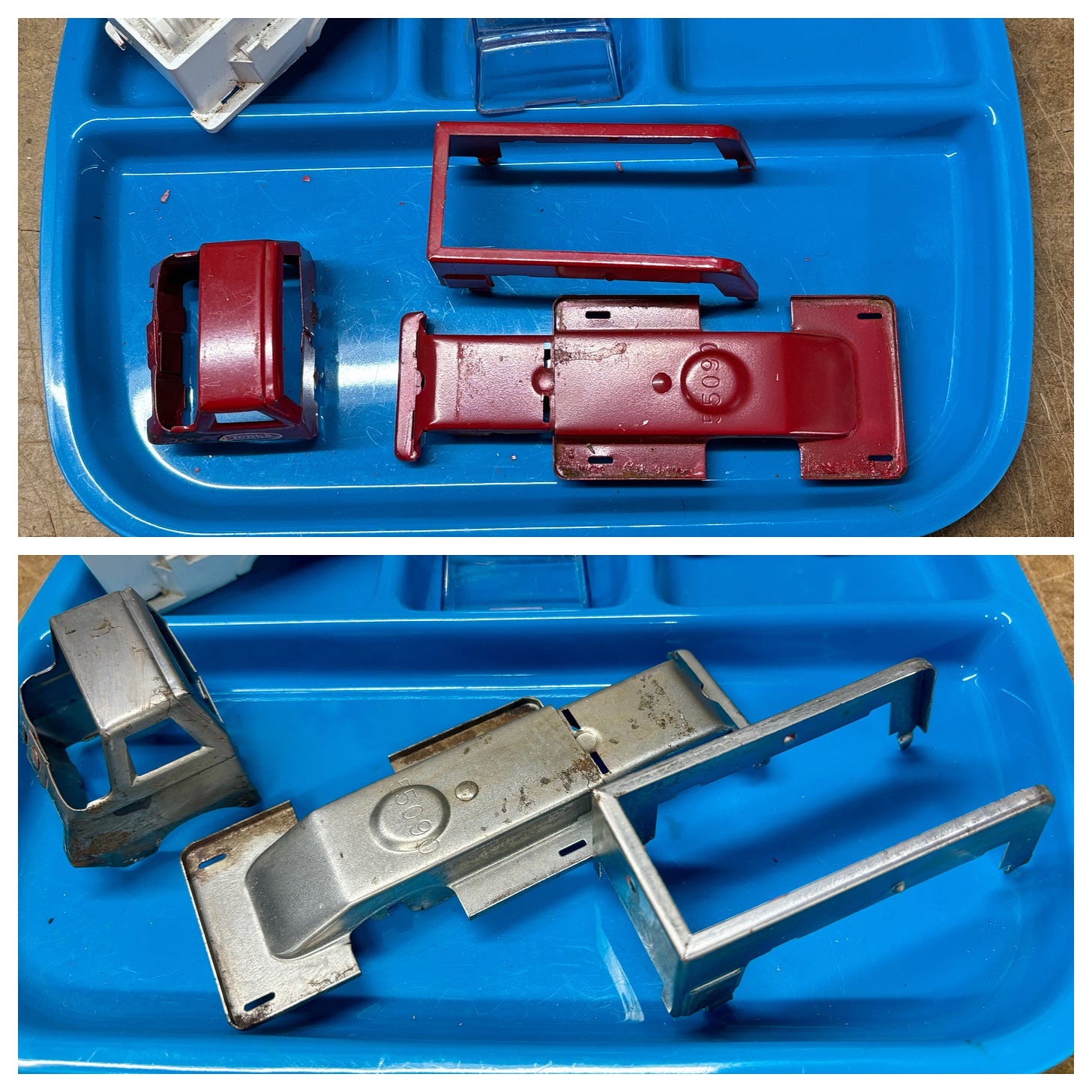Gar’s Tips & Tools – Issue #175
Weekly-ish access to tools, techniques, and shop tales from the worlds of DIY
Gar’s Tips, Tools, and Shop Tales is published by Cool Tools Lab. To receive the newsletter a week early, sign up here.
9 Great Grinder Hacks
Via Maker Update comes this gem of a video showing nine different jigs you can build to turn your angle grinder into a spindle sander, drum sander, belt sander, disc sander, edge sander, adding a depth gauge, and more. The builds involve common metal working tools (drill press, tapping set, angle grinder!), but they all look fairly straightforward.
Non Hobby Tools Perfect for Hobbyists
Miniature painter and YouTuber Ninjon has a fantastic video looking at tools to use in hobby modeling and painting (and similar applications) that are not necessarily designed for that purpose. He covers everything from tattooist’s squirt bottles and manicurist’s vortex mixers to things like craft store wooden candle stick holders for holding minis for painting and double-stick foam tape for holding them to the candle stick. I use many of the tools he recommends in my miniature painting work and swear by them, too. I recently got a vortex mixer and it’s my new favorite thing.
Fixing an Irwin “Slip Grip”
If your Irwin Quick-Grip bar clamps are slipping, Joe from Joe’s Shop offers a quick fix to restore their grip.
Building Hero of Alexandria’s Programmable Automata by Hand
In this rather mesmerizing video, Fraser reconstructs one of the ancient Greek engineer Hero’s programmable automata. Fraser builds everything by hand, starting with turning trees into lumber. The whole process is fascinating to watch and the mechanisms are ingenious. After putting it all together, he finds issues with various systems and goes to work troubleshooting and repairing. Inspiring stuff.
Life Hacks: Time Management Methods

From Justin Mecham LinkedIn page.
Don’t Buy This!

When we moved to California a few years ago, we made several trips to IKEA to outfit our new house. On the way out, I saw a stack of these MOPPE birch plywood “mini storage chests” for $25 each and thought they were perfect for miscellaneous materials, supplies, and tool storage in my office/hobby studio. Don’t buy this! The lack of hardware in the drawers and the cheap, inconsistent construction mean they constantly bind as you try to open them. I dread having to open one. Really annoying.
Shop Talk
Readers offer their feedback, tips, tales, and tool recommendations.
Eric Kaplan writes about non-toxic paint removal using a kitchen slow cooker:

My house was built in 1910 and still had the original doors and mortise locks, but previous owners had painted over the hardware. I knew there was beauty under all that paint, but wasn’t sure where to start when I moved in 12 years ago. I started looking up “non-toxic paint removal” and came across an article about cooking the metal parts in a Crockpot/slow cooker to remove the paint. It works! This past weekend, I was thinking about getting back into toy restoration but doing so in my home shop, which does not have a sandblaster. I decided to try the Crockpot method on this old Tonka truck, and was very pleased!

- I started with an old (obviously) Crockpot sourced from my local Goodwill store for $6.
- Place the parts to be stripped in the pot and add enough tap water to cover them.
- Add detergent. I like these dish pacs for the dishwasher, but you can also use a laundry pod or a small capful of liquid laundry detergent.
- Cook the parts on high for at least 4 hours or low for at least 8 hours.
- At the end of the time, use a pliers or tongs to pull the parts out. Likely, the paint will have fallen off or will slide off easily (often looking like it had been treated with chemical paint stripper).
- The paint that hasn’t come off should come off with a brass brush, old toothbrush, or dental pick. If not, put the parts back in the cooler for another hour or so.
- To dispose of the waste, I like to pour the liquid through a coffee filter to capture the solids (which go in the trash) while the liquid goes down the drain.
Note: Do not use your regular cookware for this process. The old paint likely contains lead and other harmful substances that could contaminate your food.
While this process doesn’t have the satisfaction of the sandblasting process, there is definitely joy in removing the bare parts from the cooker. And it’s cleaner and less “hands on” time. Plus, I can do it in my basement shop.
It’s not perfect. Sandblasting also takes off surface rust, which still needs to be removed with cooked parts. I found that a wire brush in my rotary tool worked really well for this.
03/16/24





